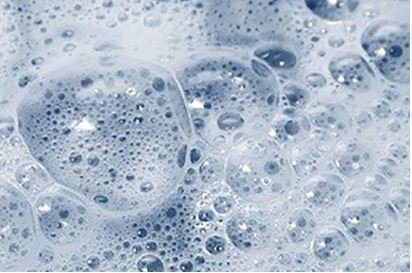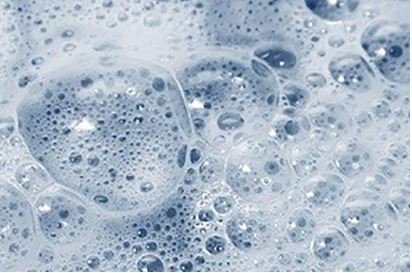

What is the surfactants?
The force that minimizes the surface area of a liquid is called surface tension or interfacial tension. The property of reducing surface tension when a substance is dissolved in a liquid is called surface activity. Substances with such properties are called surfactant.
1. Classification of Surfactant
1. Classification of surfactant
Surfactant is mainly used in shampoo, body wash, dish detergent, and laundry detergent. As they are used for different purposes, the types of surfactants are different and very diverse depending on the detergent manufacturing method. The purpose of detergents is to increase the cleaning action, and in order to increase the washing action, the surface activity should be promoted. In order to promote surface activity, the temperature of the water must be raised or a surfactant must be used. The expression that detergents are made without using surfactants is very inappropriate. Surfactants are divided into three types: plant components, plant-derived components, and petroleum-based synthetic chemical components.
If the wrong surfactant is selected and used, it weakens skin immunity and causes atopy or cell transformation. It can even cause cancer. It is preferable to select a safe surfactant rather than a petroleum-based synthetic compound for use in life as well as the human body.
2. Type of Surfactant
1) Plant component surfactant
The main component of surfactant is a plant containing a large amount of saponin. It has eco-friendly characteristics and self-degrading characteristics. There are soap berry, soap lip, soap paste, saponaria aloe, and ginseng.
2) Plant-derived component surfactant
Plant-derived surfactant include lauryl glucoside, sodium cocoyl apple amino acid, decyl glucoside, and potassium cocoate. Plant-derived component surfactants are distinguished from plant-based surfactants and have biodegradable and eco-friendly characteristics. Those are ingredients manufactured using plant ingredients in their natural state, but processed by chemical methods.
3) Petroleum-based synthetic surfactant
It is a chemically synthesized surfactant extracted from petroleum.
Long-term use can damage the skin’s protective layer, such as the accumulation of carcinogens. Representatively, there are LAS and ABS. LAS is an anionic surfactant with excellent performance and low price. So it is widely used in laundry and kitchen detergents.
3. Surfactant Ionicity and Sequence of Stimulation
Surfactants are various, such as detergents, solubilizers, emulsifiers, and dispersants.
Surfactants of detergents are typically classified into four types: nonionic surfactants, anionic surfactants, cationic surfactants, and amphoteric surfactants.
• Irritation and cleaning power of surfactant on the skin
– Skin irritation: Cation > anion > amphoteric ion > non-ionic
– Detergency: anion > amphoteric ion > cation > non-ionic
This link is Natural Surfactant Informations
http://thenatureatelier.com/surfactant/
-The Nature Atelier-
If my article was helpful, please comment and visit my SNS. It will be a great help for me to continue running the site.
Twitter
https://twitter.com/Atelier_Eden
Instagram
https://www.instagram.com/the.natureatelier
